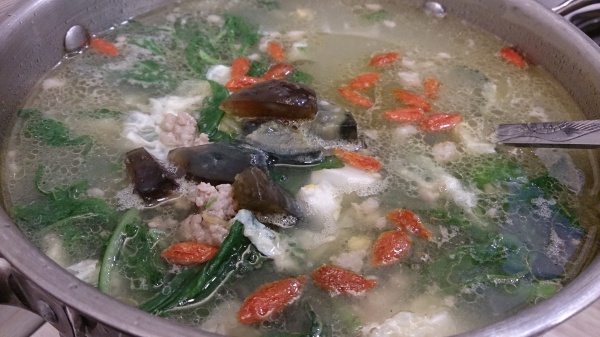Facts About Pottage
Pottage is a hearty soup or stew made by boiling vegetables, grains, and sometimes meat or fish. It was a staple food for centuries, particularly among serfs and peasants in Europe from the 9th to the 17th centuries. While the wealthy could afford to add meats and other costly ingredients to their pottage, the basic recipe remained a common and essential dish for many.
The dish eventually evolved into the modern soups we enjoy today, with regional variations such as Welsh cawl. In Nigeria, the terms pottage and porridge are often used interchangeably. These dishes are mainstays in Nigerian cuisine, typically featuring ingredients like yam, tomatoes, vegetables, and occasionally fish or meat.
The Bible even references pottage in the story of Jacob and Esau. Esau famously sold his birthright for a meal of "bread and pottage of lentiles" giving rise to the phrase "a mess of pottage" which signifies a poor bargain made for short-term gain at the expense of long-term benefits.
Historically, pottage was boiled for hours to ensure it was safe to eat and to achieve a smooth, homogeneous texture. It was typically served with bread, making it a filling and nutritious meal.
During the Middle Ages, thick pottages were made with cereals, meat, and spices, while thinner versions were known as "running" broths. One popular type was frumenty, made with wheat grain, milk, and spices.
In Colonial America, pottage remained a staple dish, blending European and Native American culinary traditions. Native American pottage often used maize, while English settlers made theirs with wheat, barley, rye, or oats. This culinary tradition evolved into New England classics like chowders and baked beans, incorporating various vegetables, meats, and grains.
One unique variation was Indian succotash, a type of pottage made with corn and meat such as venison, bear, or fish, thickened with nuts. This dish exemplifies the adaptability and enduring appeal of pottage across different cultures and eras.

 Chad
Chad